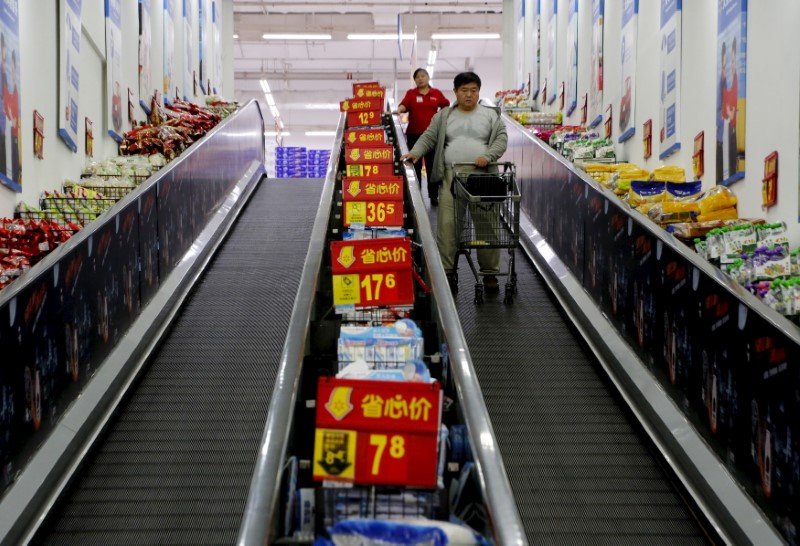(Bloomberg) -- China’s factory inflation continued to ease in February, though the outlook is deteriorating fast with a spike in global oil prices following Russia’s invasion of Ukraine.
The producer price index rose 8.8% from a year earlier, official data showed Wednesday, down from 9.1% in January and beating the median estimate of an 8.6% increase in a Bloomberg survey of economists. Consumer-price growth was unchanged at 0.9%, the same as economists projected.
China only recently managed to tame surging factory prices as global supply constraints eased and the government took steps to curb commodity costs. The recent spike in global energy prices is putting renewed pressure on Chinese manufacturers, threatening to push up costs again, squeeze profits and slow economic growth further.
Consumer prices rose slightly from January due to the Lunar New Year and fluctuations in international energy prices but was generally stable compared with the same period last year, Dong Lijuan, senior statistician at the National Bureau of Statistics, said in a statement. Producer prices rose from January due to the rising cost of international commodities such as crude oil and non-ferrous metals, she wrote.
Consumer inflation remained muted, mainly due to a further drop in pork prices. Core inflation, which excludes volatile energy and food prices, slowed to 1.1% after remaining unchanged at 1.2% for three straight months.
China is targeting full-year inflation of around 3%, a goal the state economic planner said authorities are capable and confident of achieving. The government set an ambitious economic growth target of around 5.5% for the year and signaled stronger fiscal stimulus is under way, which could drive the prices of raw materials higher.
©2022 Bloomberg L.P.
